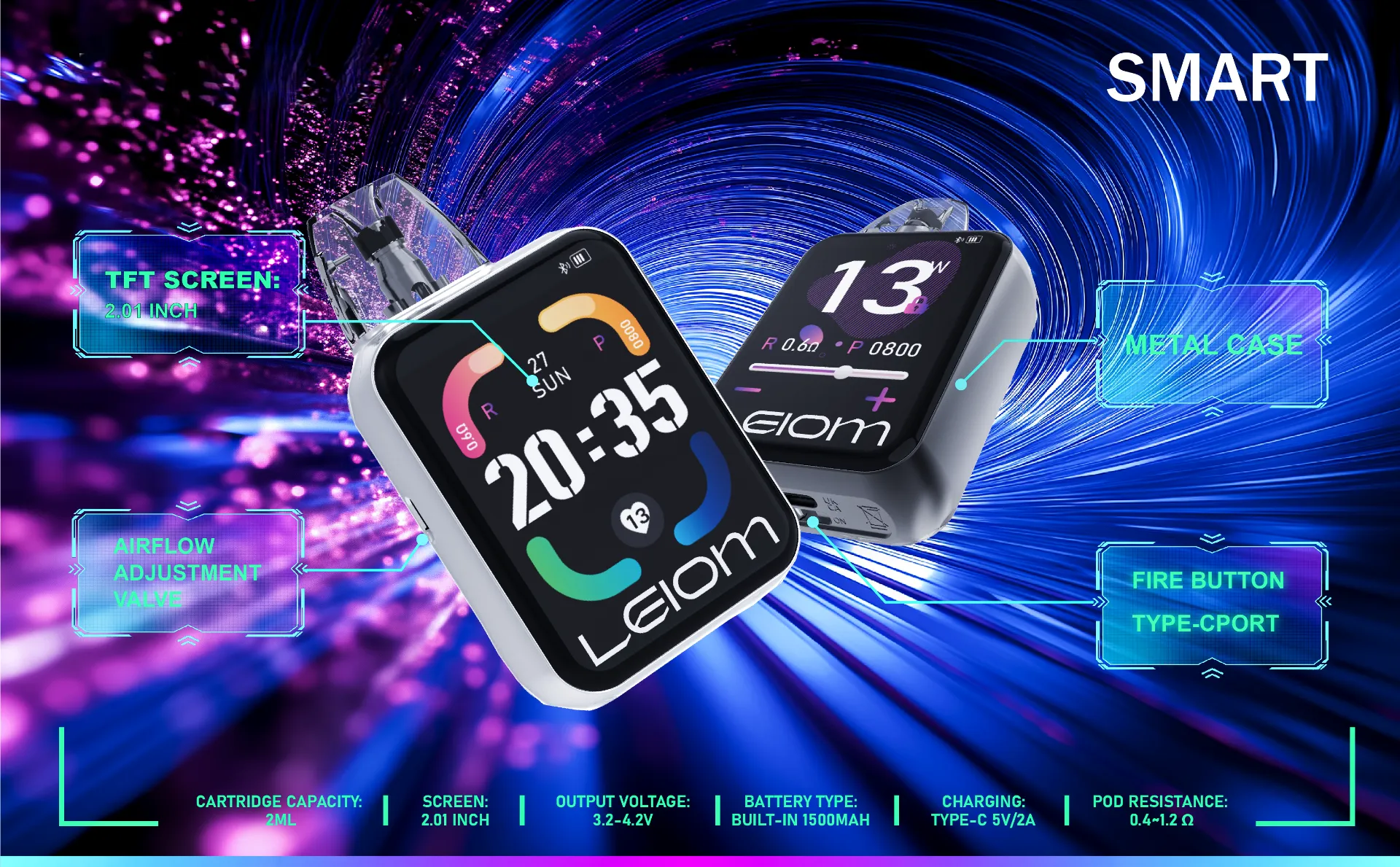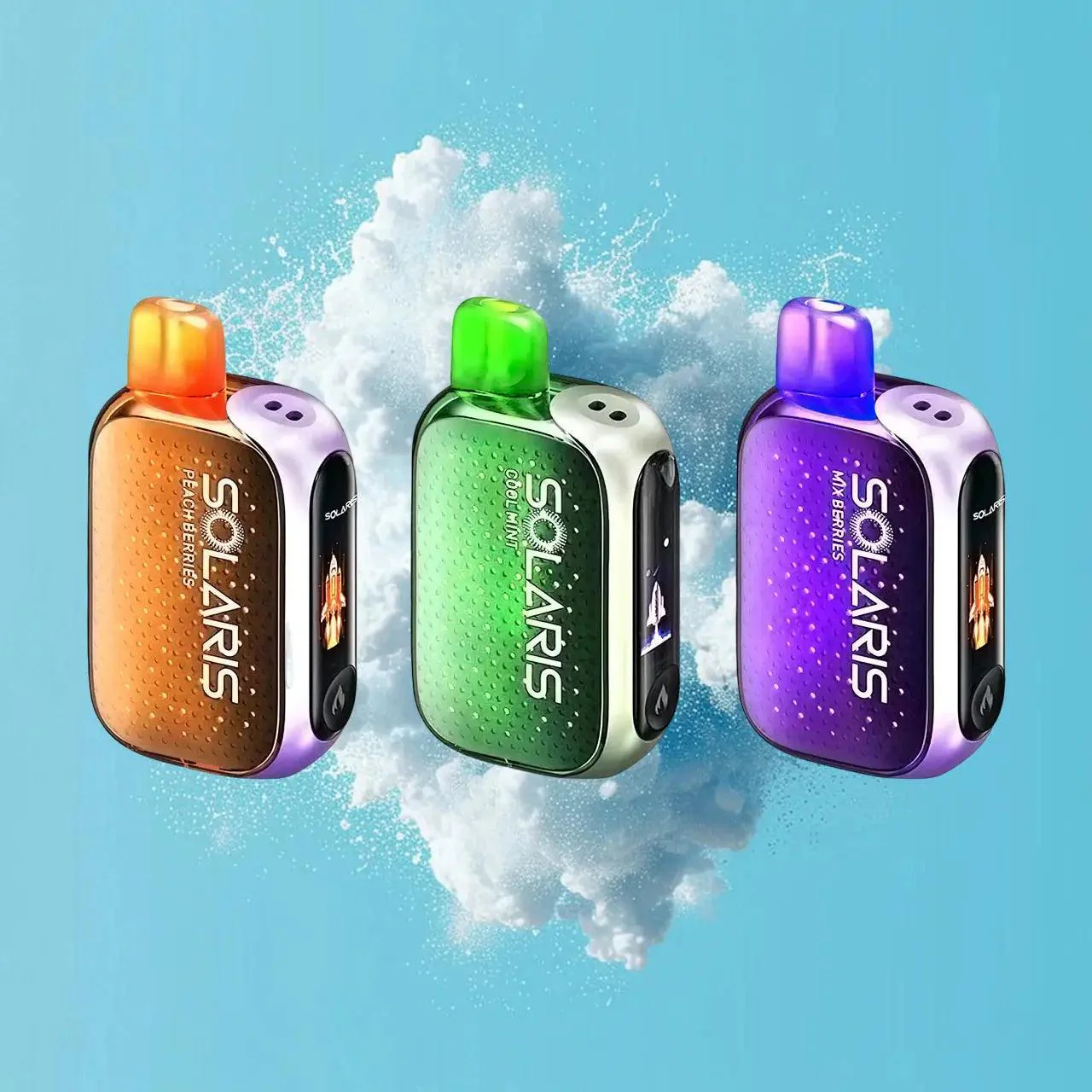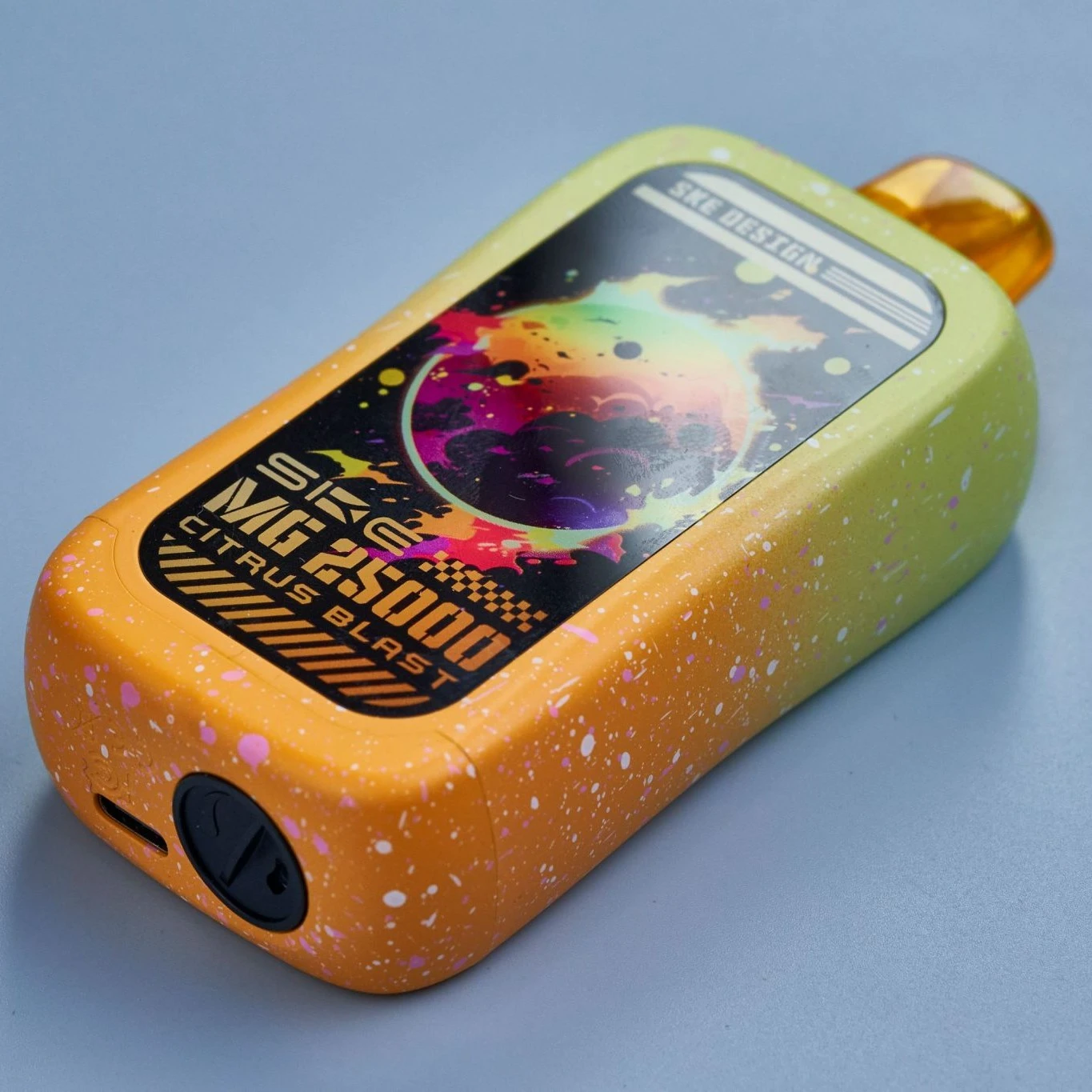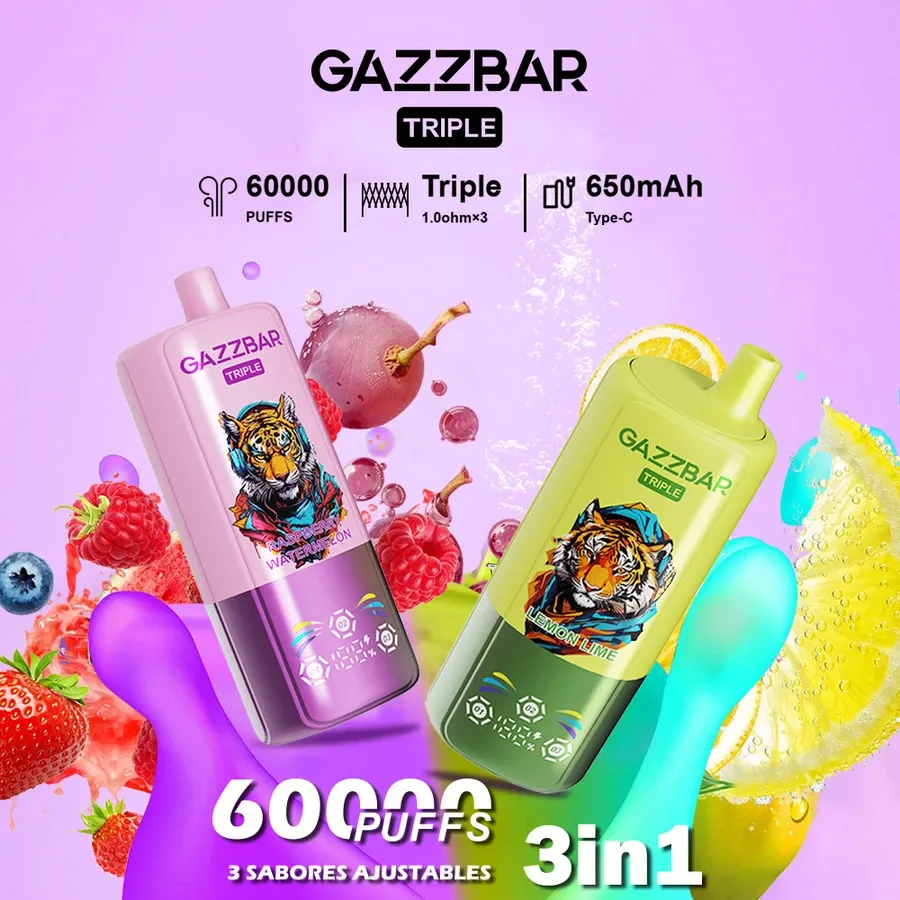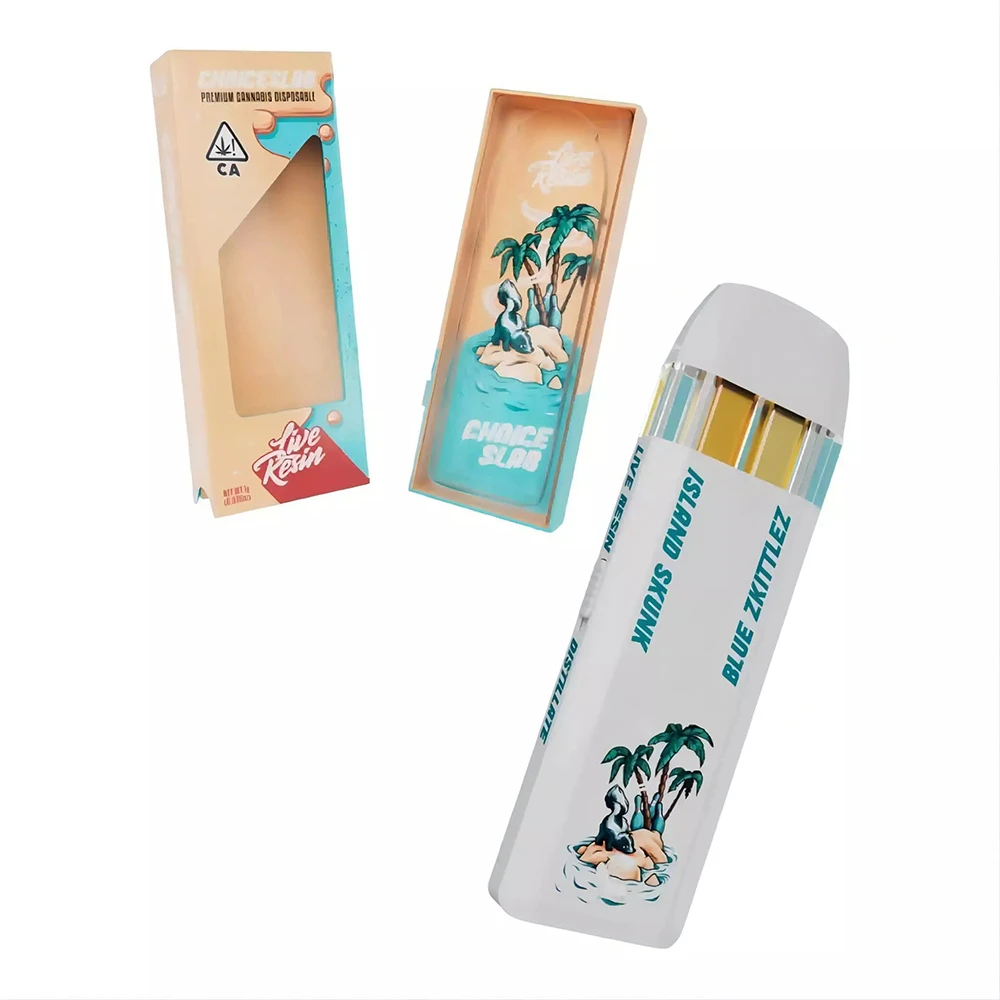

Vape battery chemistry falls into categories like IMR (Li-Mn), INR (Li-NiMnCo), and ICR (Li-Co). IMR batteries, also known as lithium manganese oxide, are lauded for their high safety profiles and robust discharge rates, making them preferable for advanced devices. INR batteries blend manganese with nickel, offering a stable compromise between safety and capacity. ICR variants, while high in capacity, are less frequently used for vaping due to their lower safety margin and discharge rate. Safety remains a paramount concern when dealing with any type of lithium battery. Ensuring your battery choice aligns with your device's specifications is vital for safe operation. Always opt for reputable brands, verified by authentic distributors, to avoid counterfeit and potentially hazardous products. Moreover, adhere to proper battery maintenance by storing them in a cool, dry place and avoiding prolonged exposure to extreme temperatures. Emerging technologies are shaping the future of vape batteries, offering more extensive safety features, rapid charging capabilities, and higher energy densities. Innovations such as graphene-enhanced batteries and solid-state options promise more efficient energy transfer, albeit still in developmental stages. In conclusion, a keen understanding of vape batteries' differences and functionalities significantly enhances one’s vaping experience. Integrated batteries bring ease, while replaceable ones offer customization and longevity. By matching the right battery type to your specific vaping needs, you ensure a seamless performance and preserve safety standards. Staying informed about new developments in battery technology will further enrich your knowledge, providing the best possible outcomes and experiences in vaping.
Post time:Mar - 04 - 2025

